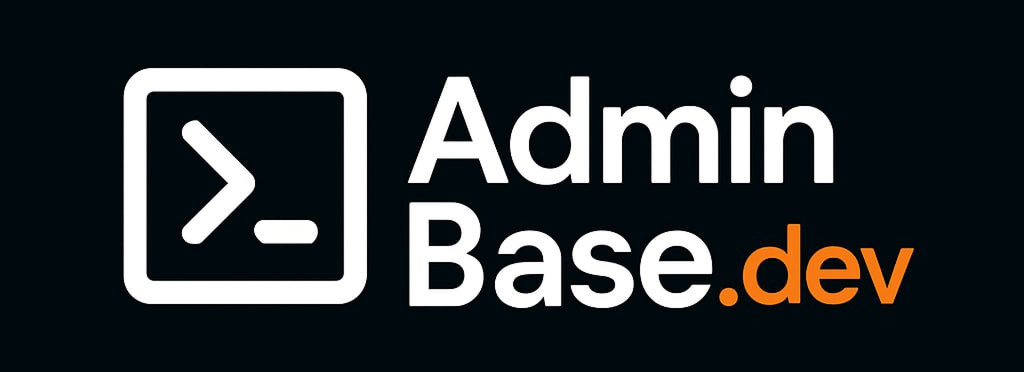Security Onion: A Field-Ready Stack for Seeing What Your Network’s Actually Doing
There are times when logs aren’t enough. You want to know not just what happened — but what went across the wire, what host talked to whom, what triggered that weird slowdown. Setting that up usually means juggling a dozen tools. Security Onion gives you the whole kit — already connected.
It’s a self-contained Linux-based platform that watches network traffic, records raw packets, inspects protocols, and shows alerts in a clean web interface. The stack’s heavy, but what you get in return is full visibility, from noisy port scans to subtle post-exploitation chatter.
Core Components and Why They Matter
| Tool/Service | What It Handles |
| Zeek | Breaks down protocol behavior — not just headers, but content-level |
| Suricata | Detects known threats using signatures — fast, flexible, and tuned |
| Kibana/Elastic | Stores logs and provides search, filtering, and dashboards |
| Stenographer | Captures raw packets for deep-dive investigations |
| Wazuh | Adds endpoint monitoring and log analysis for Windows/Linux hosts |
| Web Interface | Central UI for search, triage, and long-term review |
| SaltStack | Keeps config files and agents in sync across multiple roles |
What It’s Actually For
Security Onion isn’t a monitoring gadget. It’s an investigator’s microscope — a stack built to give you answers when something breaks, leaks, or behaves suspiciously.
Use it to:
– Record everything passing a router or firewall port
– Catch lateral movement before it spreads
– Check what a user’s machine connected to overnight
– Get forensic-level traffic history without spinning up multiple tools
– Run a small SOC setup without buying commercial appliances
Install and Run (Single Host Flow)
- Download the ISO from the official project site
2. Boot and install like any modern Linux distro
3. After login, run:
sudo so-setup
- Follow the guided prompts (standalone is the quickest path)
5. Feed traffic into a mirrored NIC or ingest a PCAP dump
6. Open the web UI in your browser:
https://<your-IP>
From there, you can inspect Zeek logs, scan Suricata alerts, or pull full packet history by time or IP.
Key Concepts
– Sensor: Sees traffic and runs Suricata/Zeek
– Manager: Hosts the interface and coordinates services
– Search node: Handles Elastic stack duties
– Data: Everything from PCAP to alerts flows into searchable storage
– Updates: Managed via CLI tool (soup) — tested, but manual upgrades are recommended
Strong Points (and a Few Caveats)
What works great:
– Pre-integrated stack — no duct tape needed
– Full traffic + host + log coverage
– Scales up: start with one node, expand as needed
– Web UI that ties data together with real-time filtering
– Perfect for SOCs, labs, or production edge monitoring
What to plan for:
– High disk and RAM demand under load
– Some tuning required to avoid noise in busy environments
– Not plug-and-play — the learning curve is real
– Best run on physical or dedicated virtual hardware
– Rule updates and packet retention need watching
Final Words
Security Onion isn’t designed for dashboards that make managers happy — it’s built for engineers who want real data and repeatable answers. If you’ve ever tried piecing together network logs by hand, this platform might feel like fresh air. It doesn’t hide the mess — it makes it visible, and that’s where real defense starts.






